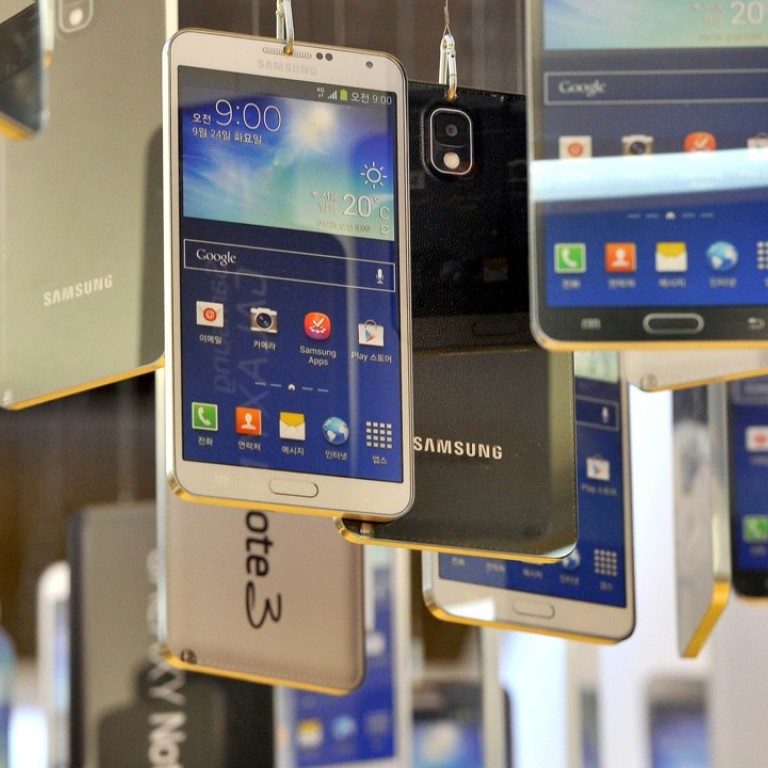
China applying for more patents than ever before as companies push to innovate, protect brands
The French Revolution may seem remote to the current development of the Chinese innovation economy, but the famous opening line of Charles Dickens’ A Tale of Two Cities may sum up how many Chinese companies are managing and enforcing their global IP rights.
As more and more Chinese companies are relying on technology innovation to fuel their growth and profitability than ever before, it’s important that they possess a clear strategy for managing and protecting their intellectual property rights as they expand overseas.
Some successful companies in China, despite already being leaders in their respective markets, are actively pursuing patent protection of their technology as part of their plan to expand outside of the Chinese market. They recognise the importance of IP protection and understand the urgent need to develop an effective patent strategy to protect their core technologies, arming themselves with both a sword and a shield to compete with global companies.
They often proactively seek counsel from experienced patent lawyers to steer away from infringement lawsuits through early analysis before product launches. Some also gain a competitive advantage through laying down a patent picket fence before entry into overseas markets.
A proper patent strategy can help establish market advantage and improve a company’s financial performance. However, each company must take care to establish a patent strategy that is custom tailored to their unique business goals and markets.
As Chinese companies innovate to increase productivity and fatten the new product pipeline, and as they export products that require an investment in R&D, it’s important to recognise China’s IP landscape in terms of the volume of IP filings, the trend of filings, and worldwide enforcement.
Patent filings are dominated by five IP offices: China, U.S., Europe, Japan and Korea, accounting for four-fifths of the world volume, according to IP Facts & Figures 2016 by the World Intellectual Property Organisation (WIPO). China filed about 38.1 per cent of 2016 patents, higher than the 20.4 per cent filed by the U.S.
Roughly 2.9 million patent applications were filed worldwide in 2015, up 7.8 per cent from 2014. Driving that strong growth was China, accounting for 84 per cent of total growth. In 2015, China became the first office to receive over 1 million patent applications in a single year, almost as many applications as Japan, Korea and the US combined. Figures for 2015 show an annualised increase of a mere 1.8 per cent in the U.S.
On the non-patent front, China’s IP office received over 90 per cent of the world utility model applications and accounted for a third of all trademark filing activities worldwide, with agriculture, R&D and clothing the top three industries.
China also continues to lead on application design count. In 2015, China accounted for almost half the world total filing activity.
Huawei Technologies, the largest Chinese maker of telecommunications equipment and smartphones, was the top applicant of patent filings through the Patent Cooperation Treaty (PCT) for the second year, with 3,898 applications published. Qualcomm of the U.S. stayed in second place with 2,442 applications.
According to the data provided by SIPO, China’s rapid increase in patent filings was overwhelmingly by domestic filers, while foreign companies contributed only 10.6 per cent. For design and utility model patents (UMPs), the shares of foreign filings are even lower: about 3 per cent for designs and about 1 per cent for UMPs.
An important factor is China’s economic growth and a turn to innovation that led to the general awareness and participation in the global IP system.
In October 2015, policymakers identified innovation as one of the five key goals of China’s next five-year plan through 2020. Tax breaks and other significant incentives have been introduced to support patent filings by Chinese entities, with rewards for patent grants. Another factor is that global enterprises are increasingly seeking protection in China to mitigate future infringement risk, and to secure China as a consumer-rich market for the manufacture and sale of core technologies.
There are no universal metrics to measure, compare or examine patent quality in different jurisdictions. For the patent cognoscenti, it’s frequently said that quality is like beauty: it’s in the eye of the beholder.
In a natural progression, patents will improve in quality over time, simply based on the sheer numbers of applications passing through the system.
Enforcement via litigation in a court system can only occur if a patent is in force. Although around a quarter of all patents in force worldwide in 2015 were in the U.S., China’s share is growing fast, leaping to almost 1.5 million from about 600,000 in 2010.
Skyrocketing patent filing and grant numbers have increasingly led to China becoming the preferred jurisdiction in many infringement cases, even when both litigants are foreign companies. In November 2016, Canadian patent-licensing firm WiLAN Inc. chose China to file an infringement suit against Japan’s Sony Corp.
The opening of a series of specialised intellectual property courts, especially the one in Beijing, also sent a strong signal to those with skepticism that China was lax in protecting IP rights.
Foreign patent holders have been having a great deal of success (or luck?) in China’s IP courts, winning 100 per cent of lawsuits at Beijing’s IP court, claiming victory in a total of 63 cases.
Apple Inc won a non-infringement decision in March 2017, where the Beijing IP court overturned an the Beijing IP Office’s administrative order banning the nationwide sale of iPhone 6 and iPhone 6 Plus based on Shenzhen Baili Marketing Service Co. ‘s design patent infringement suit.
That verdict indicates that China courts will not always rule in favour of domestic businesses, in contradiction with previously raised concerns over protectionist precedents.
Authors John M. Carson, Jane Xia and Jane Dai, along with Andrew Schwaab, lead the China practice at U.S. intellectual property law firm Knobbe Martens.
